Affiliate links on Android Authority may earn us a commission. Learn more.
Google Stadia vs GeForce Now: Post-Stadia, is it GeForce Now's time to shine?
Published onMay 9, 2023
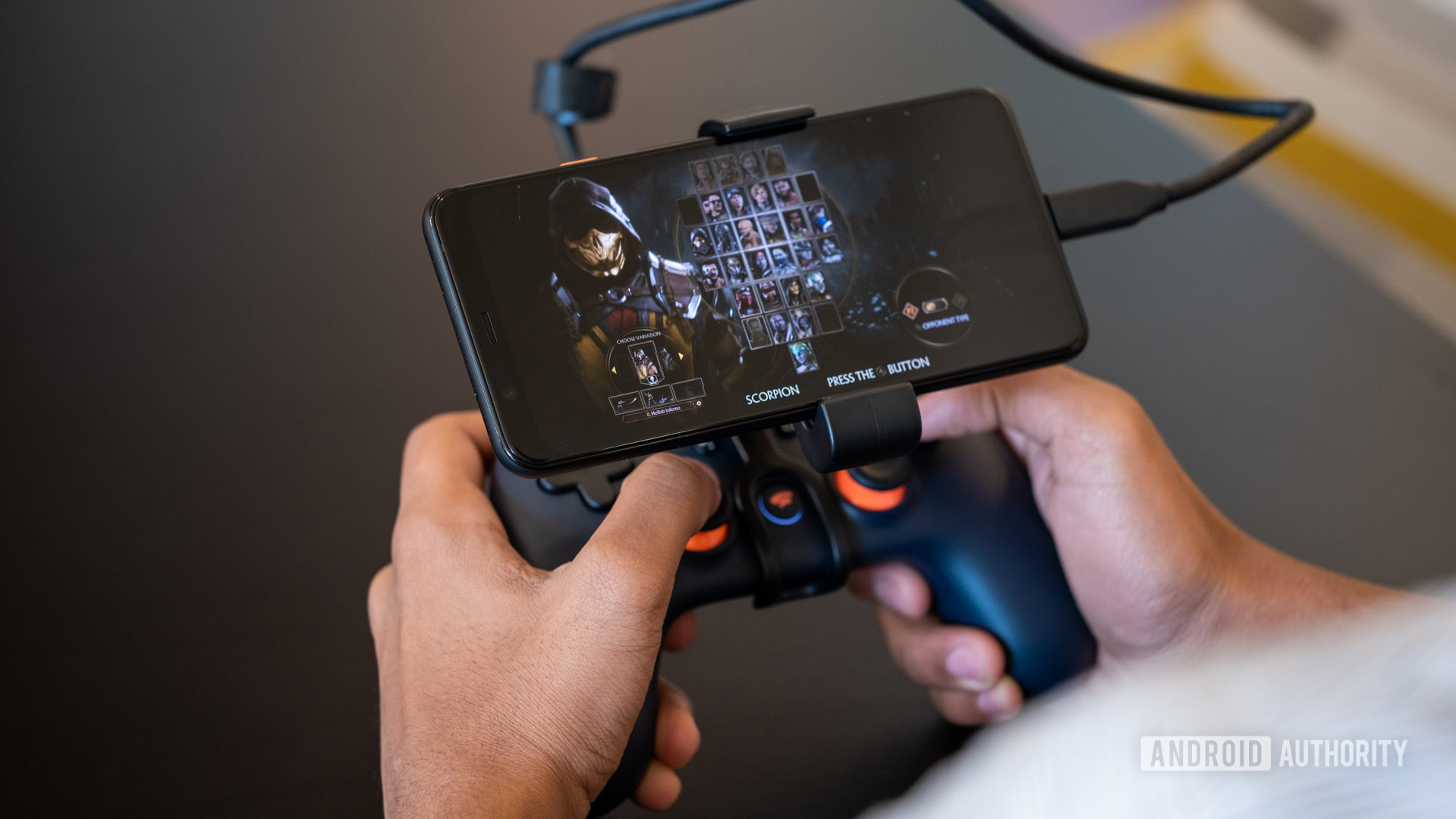
It’s still early innings, but the cloud gaming competition is starting to heat up. Big players are quickly entering the market, but the first two big fish were Google Stadia and GeForce Now. Google Stadia was the first to flip the switch, but the service was shut down in early 2023. GeForce Now was always a strong contender, but can it fill the empty shoes of being the cloud gaming service of choice? Let’s take a look.
Google Stadia vs GeForce Now: Graphics and performance
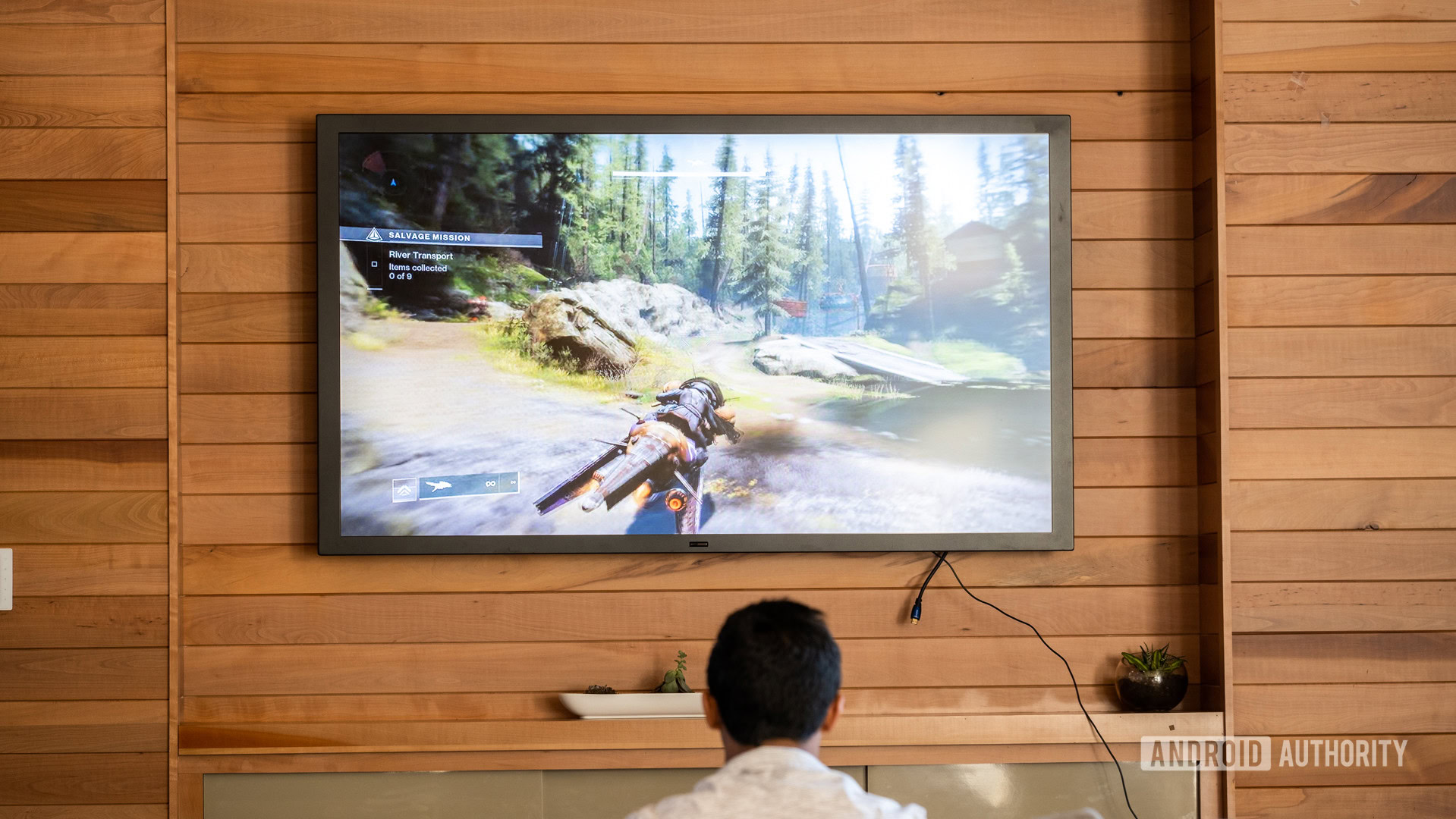
Let’s kick things off with what is likely the main drawing point of the future of cloud gaming: performance. Without getting into meaningless teraflop comparisons, GeForce Now and Google Stadia offer high-end specs that will cost a pretty penny to match on a personal computer. However, they differ in how they approach the task.
While Stadia used proprietary Linux-based technology to enhance game streaming, GeForce Now simply gives you access to a powerful computer in the cloud. This means that generally, GFN can run supported games (even cutting-edge AAA titles) at the highest graphical settings. If you’re willing to pay for a premium membership, you can also access the latest RTX graphics with ray tracing technology, although only a few games support this currently.
Plus, by tinkering with the settings, GeForce Now allows you to switch to 720p 120fps, which is perfect for competitive titles like Overwatch.
The catch is that the stream caps out at 1440p if you don’t have an NVIDIA Shield TV. If you plan on playing on a 4K TV with a big screen in your living room, the graphics will look great, but the lower resolution might be noticeable to some. Stadia’s Pro membership, on the other hand, had the capability of streaming in 4K 60fps if your internet can handle it.
Stadia supports 4K anywhere with Pro, but GeForce Now only gives you that option with a Shield TV.
That said, only a handful of games supported true 4K on Stadia, many of which were limited to 4K 30fps. The rest upscaled to 4K, and 120fps was entirely off the table.
In general, games on Stadia ran on graphics settings closer to the medium by PC standards, which put them more in line with last-gen consoles. Google’s decision to leave it to developers to port and optimize their own games was one of the things that hurt it in this regard. There were, of course, notable exceptions, such as Cyberpunk 2077, which ran much better on Stadia than it did on most PCs at launch.
At the end of the day, performance is more than up to par on both. GeForce Now is great for playing on a smaller PC screen, but Stadia pulled ahead when gaming on a much larger 4K TV in the living room.
Google Stadia vs GeForce Now: Price
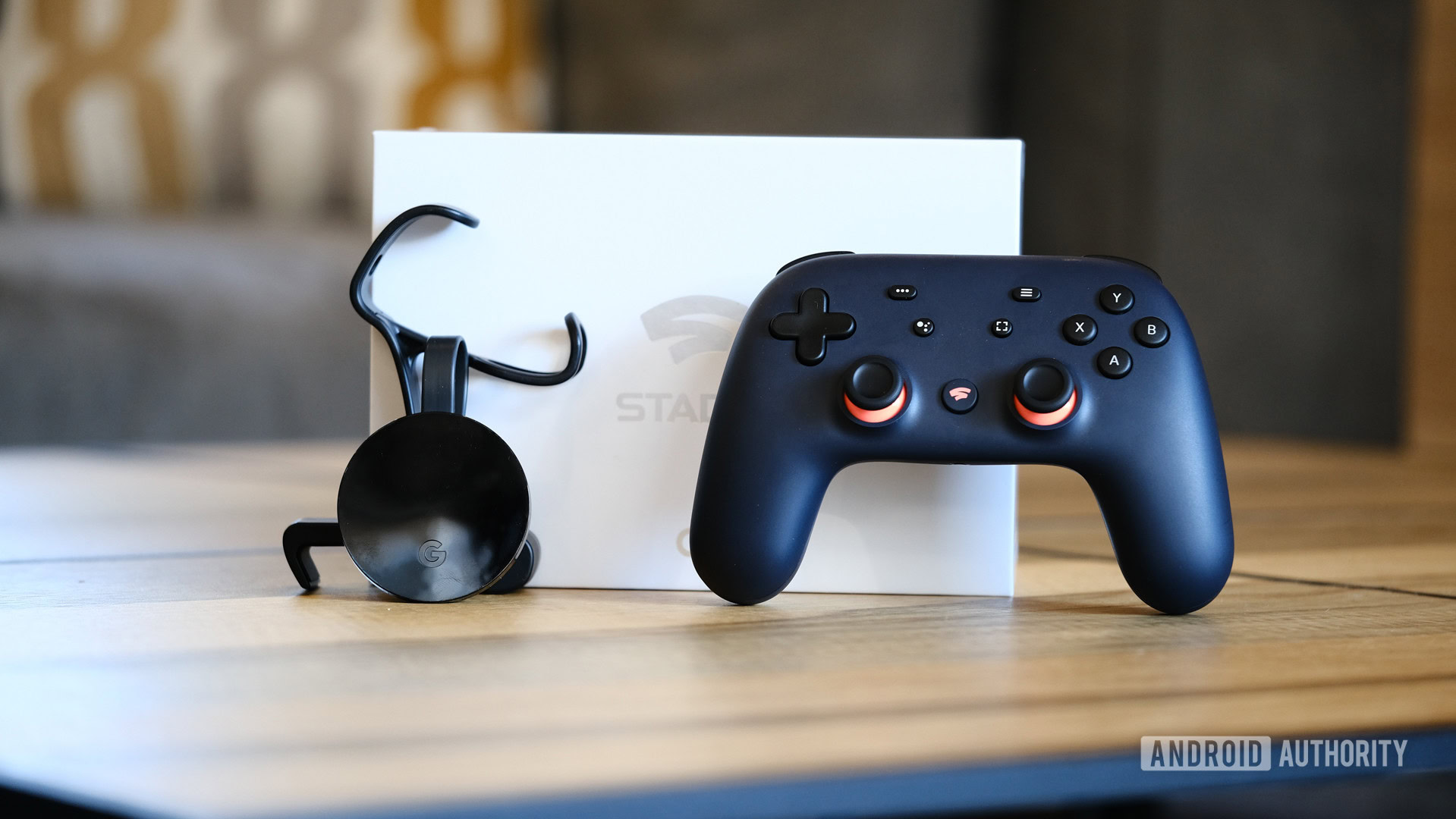
When it comes to pure value for the price, it’s a bit of a toss-up. GeForce Now upped its premium subscription price in 2021, matching that of Stadia Pro, with free tiers available. On Stadia, you couldn’t bring your own games and had to purchase all titles (or stick to free-to-play games).
Obviously, there are some caveats with GeForce Now’s free service, too, the first being queue times. When you click play on a game in your library, you have to wait in line to start your session. This wait could be a few seconds or a few minutes, depending on the time of day.
| Google Stadia | GeForce Now | |
|---|---|---|
Free | Google Stadia 1080p, 60fps No time limit Some f2p games | GeForce Now 1080p, 60fps 1-hour session limit Standard queue access |
Premium | Google Stadia $9.99/month 4K 60fps (for supported titles) No time limit 5.1 Surround Sound 30+ 'free' games | GeForce Now $9.99/month 1080p, 60fps 6-hour session limit Priority queue access RTX support |
Plus, sessions are limited to one hour, meaning you could be kicked in the middle of an intense match of Overwatch or League of Legends. Sure, you can quickly start another session, but depending on the queue length, it might be too late.
GeForce Now’s premium subscription all but eliminates these issues. You’ll get priority access in the queue, and the game session length is extended to six hours. It’s also the only way to access NVIDIA’s latest and greatest RTX graphics in supported titles. Regardless of whether or not you pay for the service, you can play games you’ve already purchased on Steam or other marketplaces, so there are no additional costs in that regard.
Google Stadia did things differently with Stadia Pro. The subscription service went for $9.99 a month and unlocked 4K gaming, 5.1 surround sound, and a small library of games to play immediately. A few new games were added each month, and once you claimed them, you could play them for as long as you maintained a subscription.
Stadia Pro was a decent value but stopped short of a proper Netflix for games. If that’s what you’re after, Microsoft’s Xbox Game Streaming (included with Game Pass Ultimate) has a much better catalog of games. That said, the streaming quality in Xbox’s service is significantly worse at 720p.
Google Stadia vs GeForce Now: Network requirements
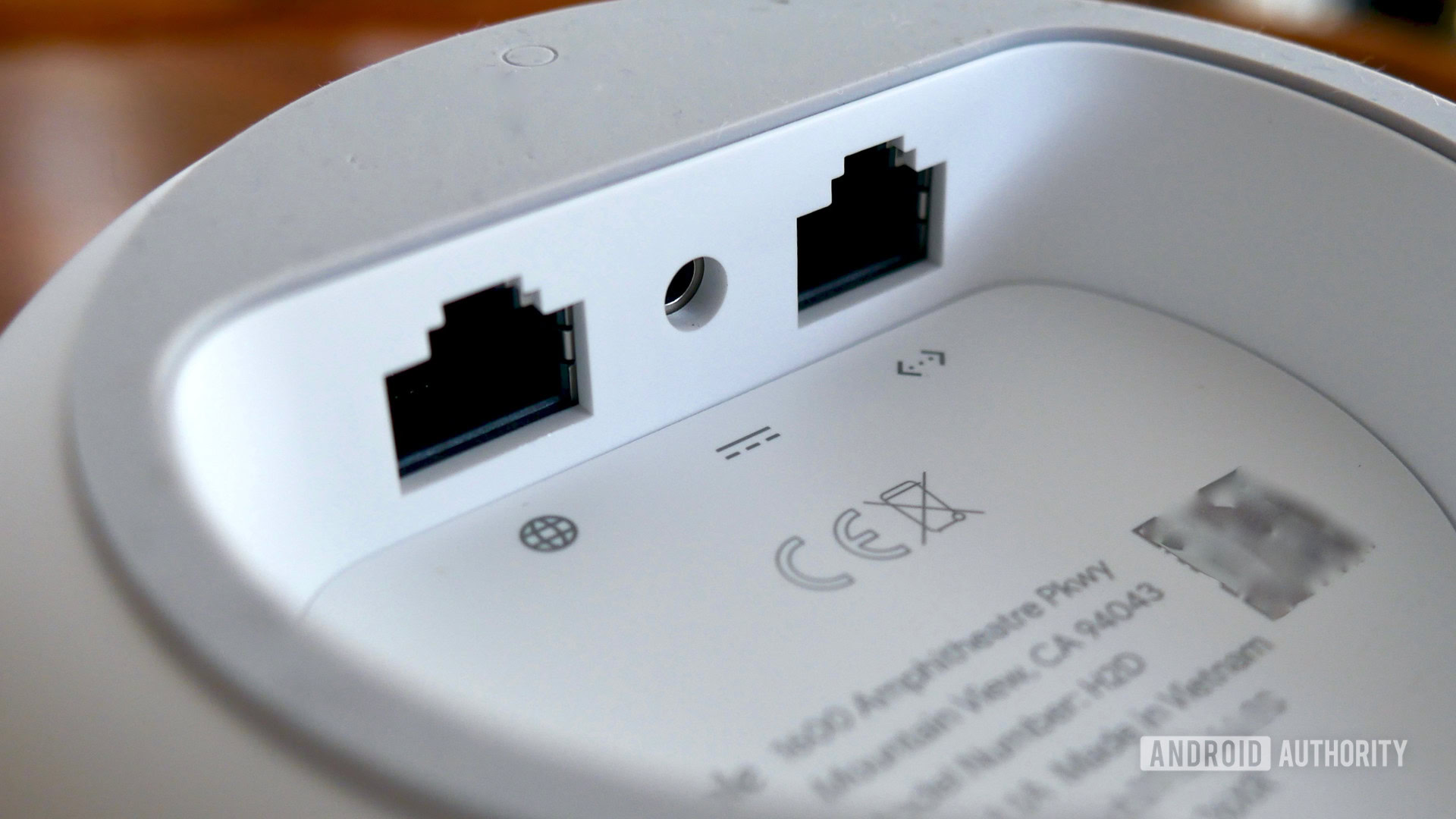
Game streaming is a major strain on your network, so it’s worth looking at how GeForce Now and Stadia deal with the strain. While both services sport nearly imperceptible input latency under the right conditions, there are a few differences between the two.
Both services require a consistent connection for good results, with wired connections or 5GHz Wi-Fi preferred. For the best results, you will want 100Mbps, but your mileage may vary. Here are their minimum requirements, with NVIDIA’s listing requiring slightly more juice.
| Google Stadia | GeForce Now | |
|---|---|---|
720p 60fps | Google Stadia 10Mbps | GeForce Now 15Mbps |
1080p 60fps | Google Stadia 20Mbps | GeForce Now 25Mbps |
4K 60fps | Google Stadia 35Mbps | GeForce Now (not available) |
Customization options | Google Stadia Best visual quality Balanced Limited data usage | GeForce Now Bitrate fully customizable |
Both services use a lot of data, making it a tough choice for those with data caps. Stadia chewed through over 25GB per hour at the highest 4K 60fps setting. GeForce Now uses even more data on default settings but thankfully has many more options to adjust the quality/bandwidth settings. Set to the lowest bitrate, 1080p 60fps streams on 5mbps use just 2GB/hour on GeForce Now.
Another major consideration is server locations. GeForce Now has fewer locations than Google Stadia, and users in Canada may find the service nearly unusable since servers are all located in the US. Be sure to check NVIDIA’s server locations before buying into the service too heavily.
Both services also support streaming over mobile connections on your phone, which means you can play on the bus or at the park. 4G connections may lead to spotty performance, but if you’re one of the lucky few with 5G access, you could have access to a high-end gaming PC in your pocket at all times.
One other curious difference is the way the two handle unstable connections. When things went wrong, Stadia often dropped frames or lost the connection temporarily. GeForce Now instead drastically lowers visual fidelity but maintains the connection. Neither is particularly pleasant, but NVIDIA’s approach is undoubtedly much less jarring.
Google Stadia vs GeForce Now: Game library and availability
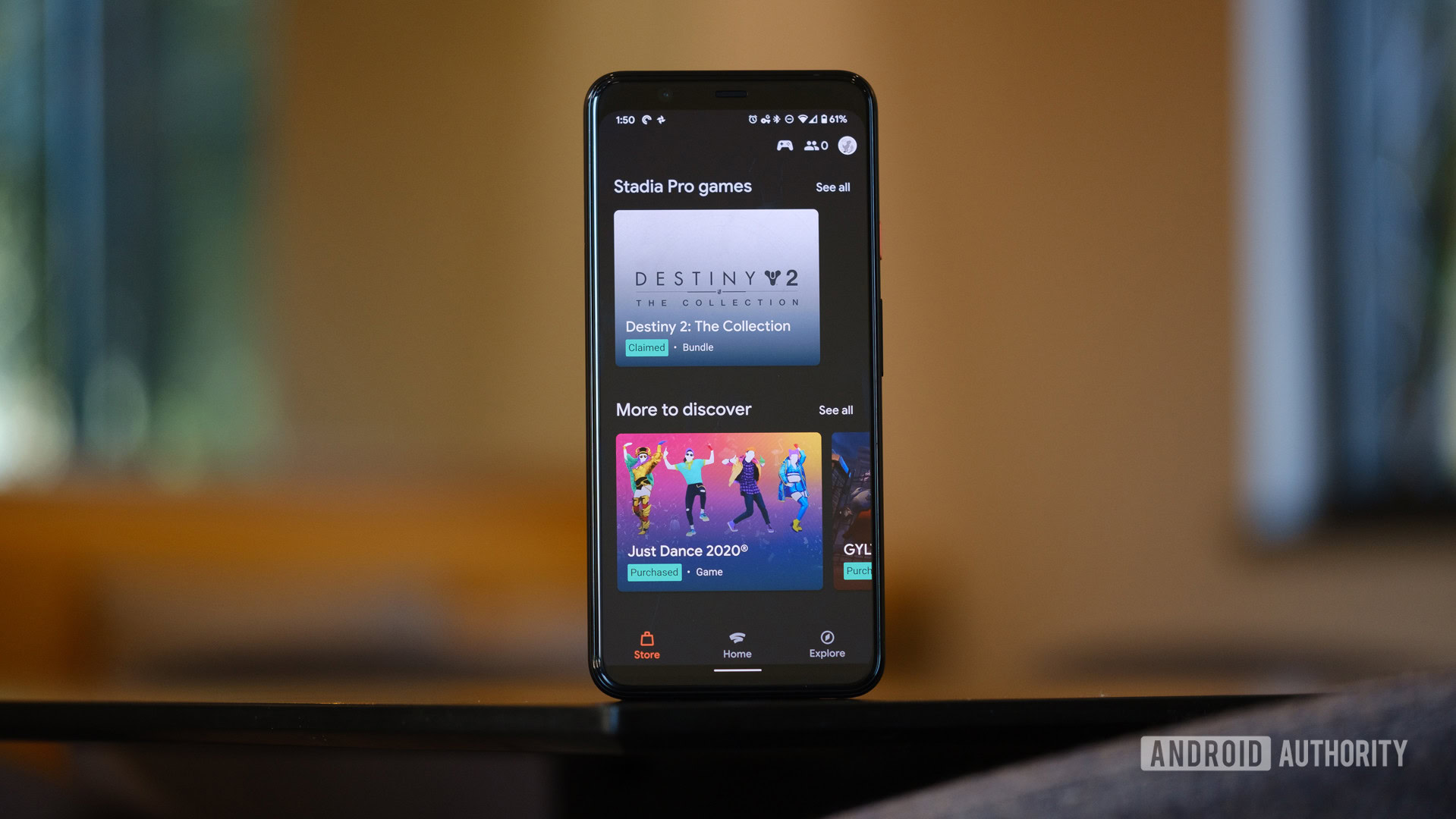
In its official blog, NVIDIA hasn’t been shy about throwing shade at Stadia’s limited game library. Indeed, Stadia had a minimal launch library, but that grew over time. Before its demise, more than 230 games were on Stadia, with more coming every month.
On the other hand, GeForce Now allows you to access thousands of games you’ve already purchased on Steam and other popular PC marketplaces. That list includes some of the most popular free-to-play games, like Fortnite, League of Legends, and Apex Legends.
You’ll also be matched with other PC gamers for games without cross-play. This alleviates the issues surrounding Destiny 2’s numbers problem on Stadia, although it may put you at a competitive disadvantage due to the inherent latency with cloud gaming.
GeForce Now has a massive lead on Stadia when it comes to game availability.
This might all sound too good to be true for those with extensive game libraries, and in a way, it is. NVIDIA still needs publishers to sign off on titles to make them available for streaming, meaning that many Steam games are unavailable on the platform. Others, like the Tomb Raider series, were actually removed from the service after being available for a short while. Don’t be surprised when more games are removed from the platform in the future.
Another issue is that Geforce Now is heavily focused on Steam, so if you purchased the same games from the Epic Game Store (or got them for free), you might not be able to access them.
For older games on Steam, you’ll also want to ensure they support cloud saving. If not, you will lose your progress with each new game session.
If you don’t already have a huge backlog of games on Steam, both Google Stadia and GeForce Now have their pros and cons. Stadia Pro unlocked three or more titles per month, but you could only play them while you’re a subscriber. Buying games on Steam is often significantly cheaper, but they may not be supported by GFN in the future. Still, having more games and free-to-play titles gives GFN a distinct edge.
Google Stadia vs GeForce Now: Device support
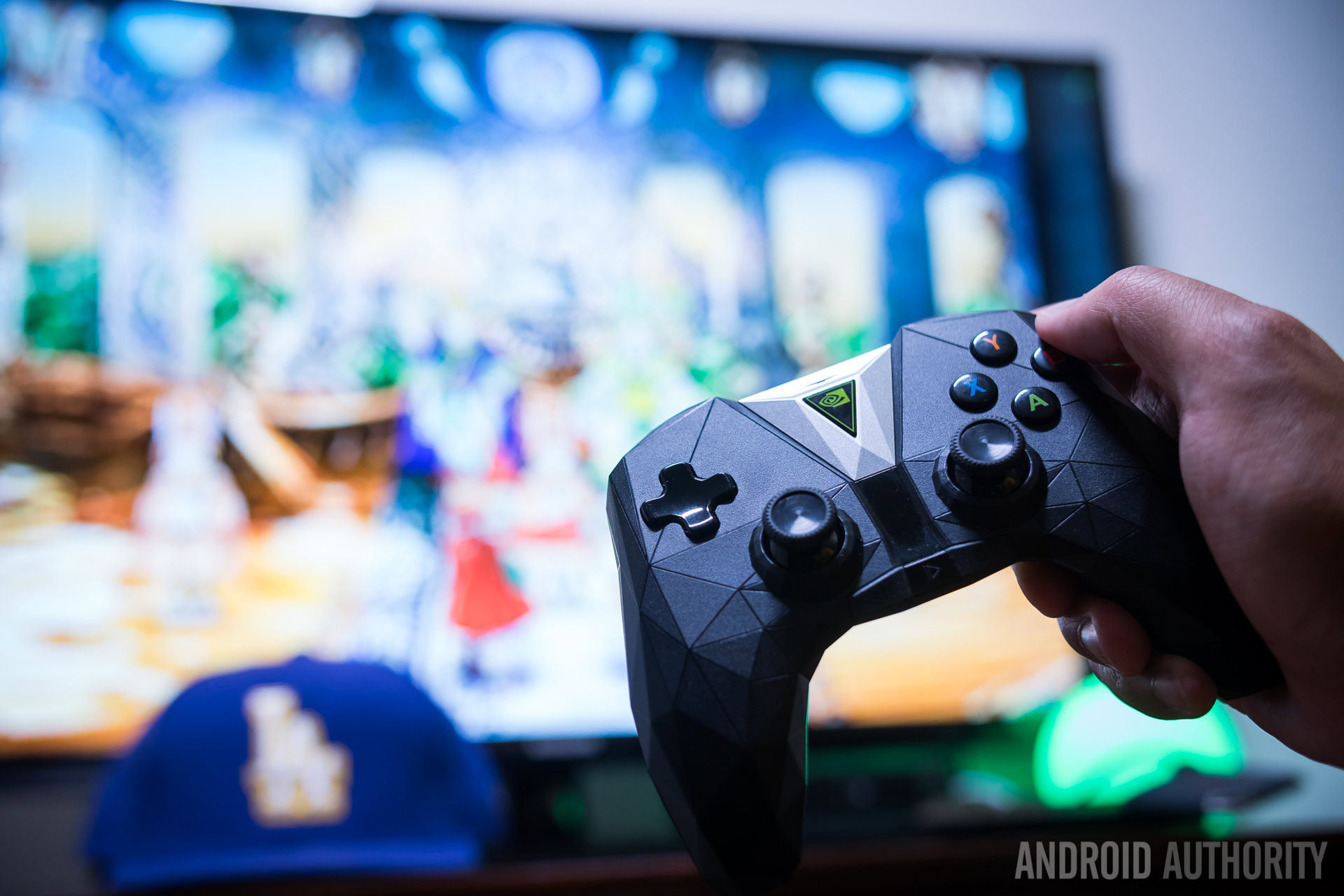
One of the biggest draws of cloud gaming is portability, and both Google Stadia and GeForce Now allow you to play games on various hardware platforms. Here’s a brief breakdown of which devices are supported for each.
| Google Stadia | GeForce Now | |
|---|---|---|
PC/Mac | Google Stadia Yes | GeForce Now Yes |
Chromebooks | Google Stadia Yes | GeForce Now Yes |
Linux | Google Stadia Yes | GeForce Now (via Chrome) |
Android phones/tablets | Google Stadia Yes | GeForce Now Yes |
iOS/iPad OS | Google Stadia (Browser only) | GeForce Now (Browser only) |
TV | Google Stadia Yes (via Chromecast Ultra/Stadia Controller) | GeForce Now Yes (via NVIDIA Shield TV/wired controller) |
Playing on your PC or Mac isn’t an issue, but both services require extra hardware to play in your living room. For Google Stadia, you needed a Chromecast Ultra (or Chromecast with Google TV) and a Stadia controller. You could get those packaged with one month of Stadia Pro in the Premiere Edition bundle. That cost $99.99, but you could get just the controller for $69.
For GeForce Now, you’ll need an NVIDIA Shiel and a compatible wired controller. However, the Shield TV doesn’t currently support an in-game mic, while the Stadia controller does.
For now, the only devices left in limbo are iPhones and iPads. Both are supported via the Safari browser, but a dedicated app seems off the table for now. Apple has stated that game streaming services must have every game vetted and approved individually, which is too high a bar to pass for any current cloud gaming services. Even Microsoft can’t get around it.
Google Stadia vs GeForce Now: Usability
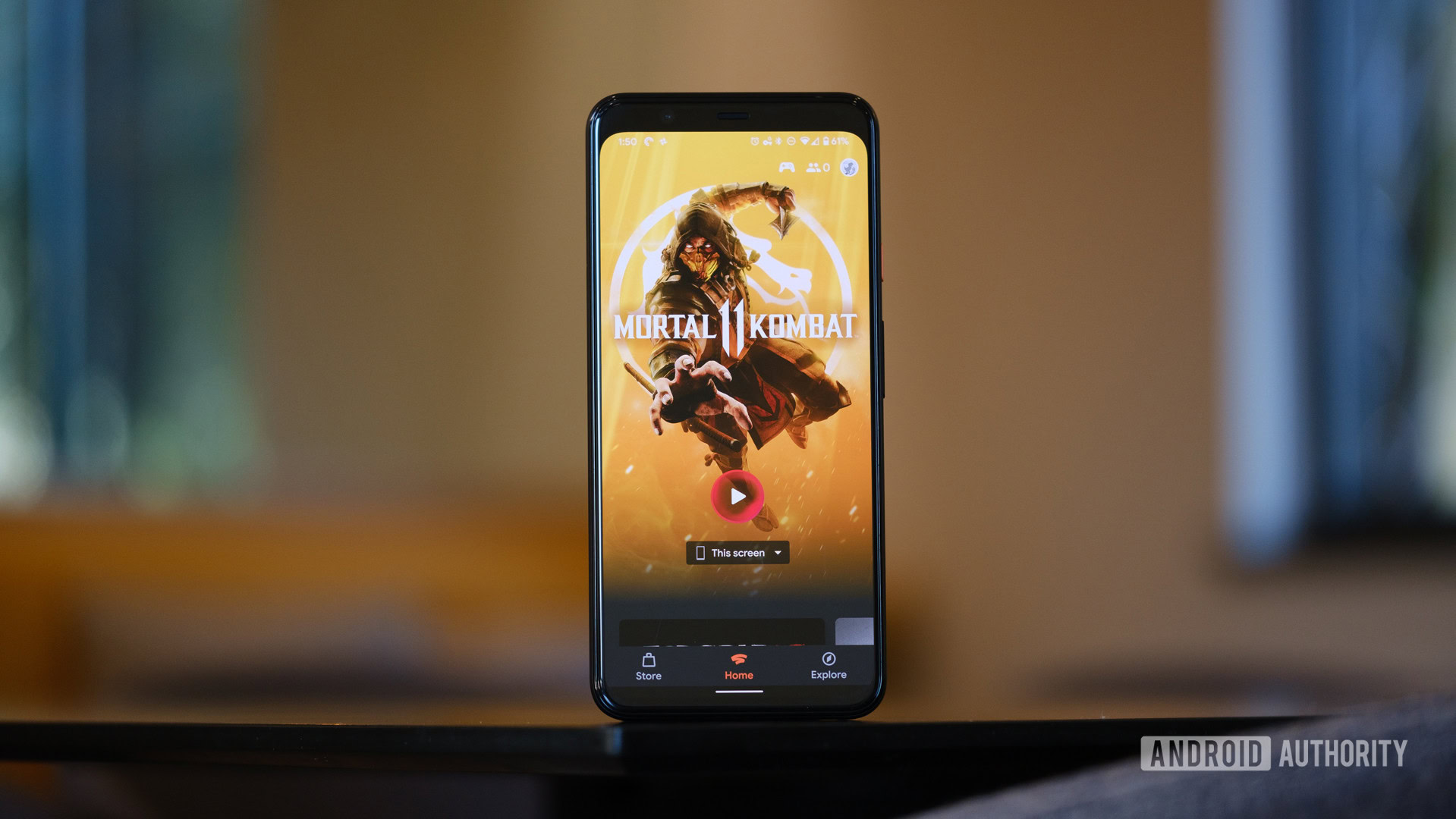
When it comes to the user experience while opening up the service and starting a game, Google Stadia was miles ahead of GeForce Now. Using the Stadia mobile app or Chrome browser, you could open the platform and start playing in literal seconds.
GeForce Now, on the other hand, is still clunky and awkward, even after many years in beta. You have to open the app on your phone or computer, find the game you want to play, wait in the queue, log into Steam, wait for it to load (or sometimes, install), then you can actually play the game.
Since each session is essentially a new PC, you’ll probably have to sit through an unskippable cutscene at the start of each game. If you want to use a gamepad, you have to set it up from scratch each time you play.
GeForce Now is essentially a virtual PC, which hurts usability and instant access.
All of these extra steps make GFN feel more like a stopgap measure rather than a truly revolutionary platform. It’s likely the best virtual PC-based cloud gaming solution currently available, but it will always be limited by the format. For better or worse, it’s simply an extension of PC gaming.
For all its other faults, Stadia made good on the promise of instant access and could have been a formidable alternative to PC or console gaming.
Google Stadia vs GeForce Now: The verdict

Want to play your already-purchased Steam games on your Android phone or tablet? Go for GeForce Now. Likewise, if you want to play a few free-to-play games that your aging machine can’t handle.
However, Stadia better served console gamers or those who didn’t t have much of a PC game catalog. It had a pretty abysmal launch, but as more features and games were added, it became a pretty solid platform.
Of course, now that Stadia is no more, we’d be remiss, not to mention a few of the best alternatives worth looking into. Shadow is another virtual PC solution that offers even better performance, up to 4K 60fps, but it’s considerably pricier at $25 a month (when billed annually). However, you can run any game or application without limitations.
The other elephant in the room is Microsoft’s Xbox Cloud Gaming (formerly Project xCloud), which could blow the competition out of the water with a proper Netflix for games model under Xbox Game Pass Ultimate. For now, it’s still in beta and only supports mobile devices at 720p; since it’s tied into the incredible value of Game Pass Ultimate, it may win by default.